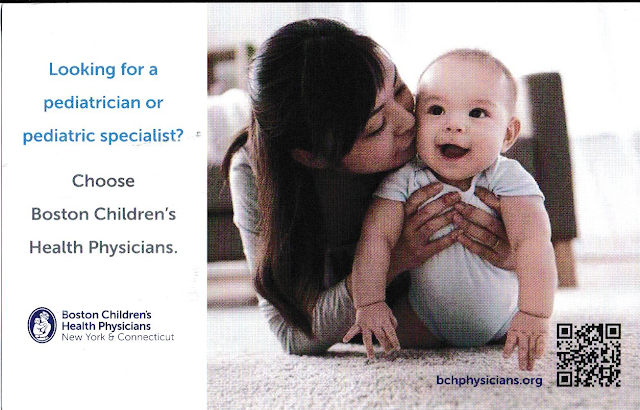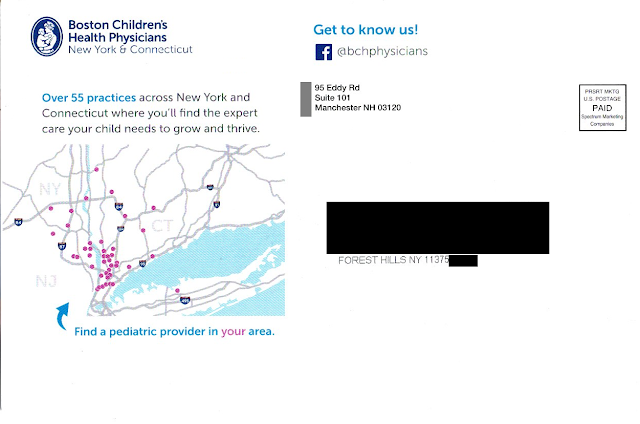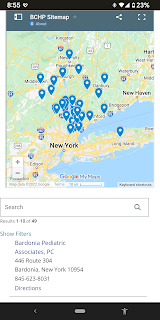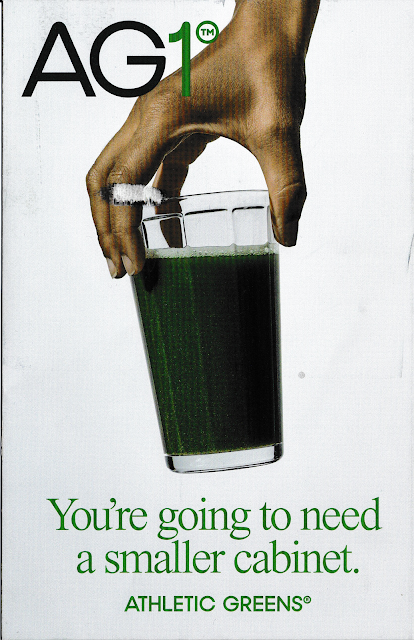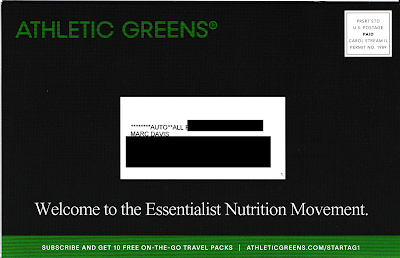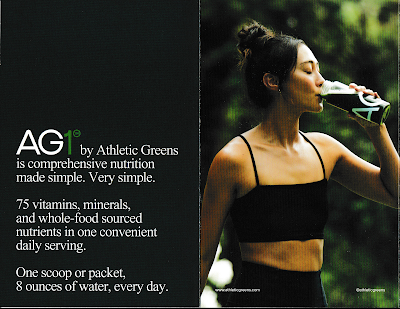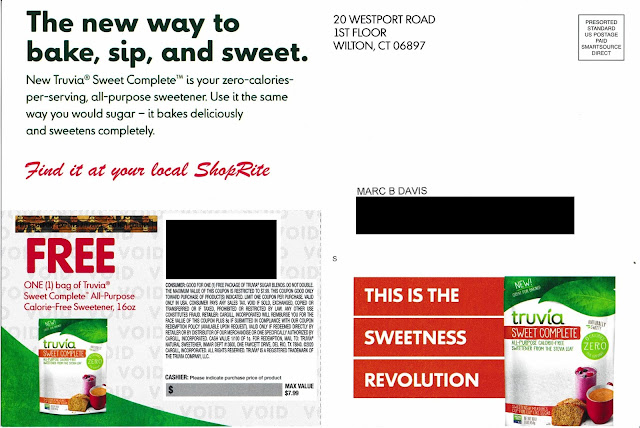I recently received a postcard from GE that merits several Fails for Content.
The front shows an androgynous person in a high-end walk-in closet doing laundry. She is smirking at her laundry machine while either preparing to put towels in or recently having removed them. "This is not just laundry," cries the headline, "This is One & Done."
On the address side is a picture of two laundry machines -- presumably run by an app. There is very little copy on this side, only, "Wash + Dry with the UltraFast Combo," with a Call to Action to visit a specific appliance store.
As executed, this postcard has multiple Fails. Let's break down why it was a waste of money.
Confusing Audience
The front of the postcard shows someone in a combination utility room and expensive closet, with more athletic shoes than you can count. The room looks pretty expensive, like it is in the house of a one-percenter. It certainly doesn't look like this is a typical personal using a typical machine. So a typical consumer might look at the person and room and think they couldn't afford whatever the postcard is advertising.
Misleading Product
The address side shows not one, but two machines, visually suggesting that this is a washer-and-dryer combination set. It isn't, through, the picture is actually of two of the same one-piece washer/dryer appliances -- one has a stand. A typical consumer would have to look and think hard to recognize this, but they wouldn't bother. They'd likely look at the postcard fore about three seconds, then toss it.
Uncompelling Benefits, No Urgency
The communicated benefits appear to be the ability to wash and dry by using an app. Maybe that's enough to motivate a consumer to visit a website in the comfort of their own home, but it is not compelling enough to get a consumer to schlep to a store. After all, this is a low-interest category for a major purchase. Why not include an offer, such as $100 rebate for this $2,899 machine if the consumer brings in the postcard within 30 days? Even a modest incentive with a reasonable offer expiration date supports some action.
Incorrect Location
Finally, this postcard gets the store location wrong. The Hoing's Appliance location near me is in Forest Hills, not the Bronx physical address shown on the postcard. In fact, the web address on the postcard is for Forest Hills location, while the Bronx location has a different web address.
Lessons:
- Explain your product. Clearly communicate its benefits.
- Support your mail with online content to explain your product benefits.
- Give the customer a reason to take action soon.
- When directing a customer to a physical location, share the nearest location.
- Check every URL listed in your mail.


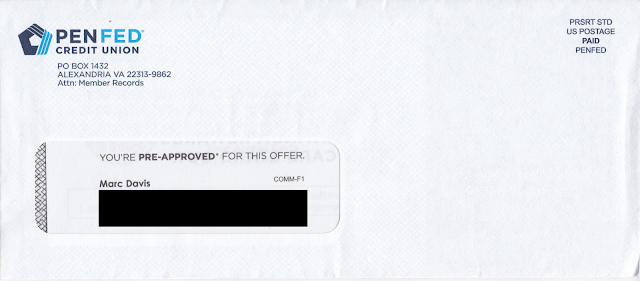

.png)






